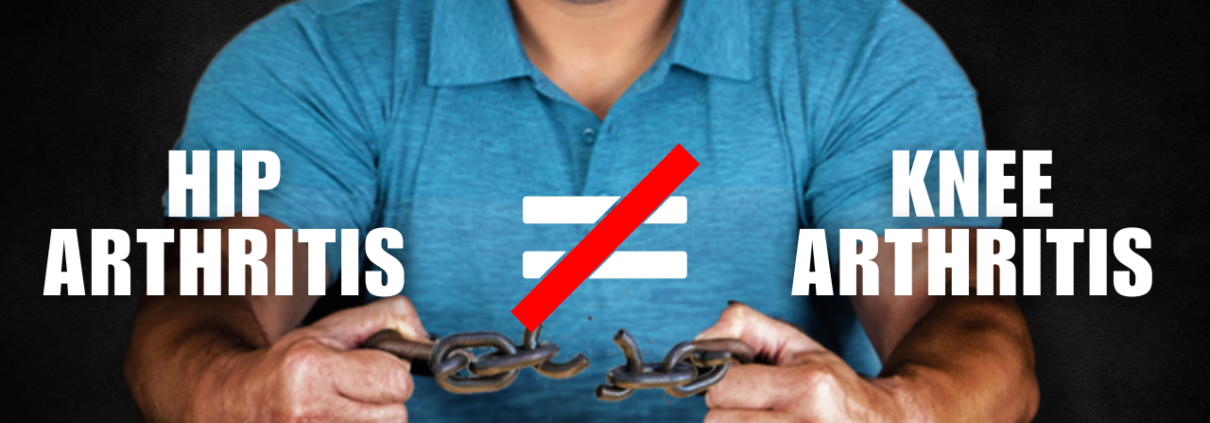Piriformis Syndrome – Everything You Absolutely Need To Know To Get Better
In this video, I’m going to talk to you about piriformis syndrome and I’m going to tell you everything that you need to know to get better. My name is Dr. David Middaugh Finn, I’m a specialist physical therapist at El Paso manual physical therapy. And this channel is dedicated to helping people stay healthy, active and mobile, while avoiding unnecessary surgery, injections and pain medications. Please consider subscribing to our channel so that you don’t miss out on any of the helpful videos. We post every single week. So let’s get right to it.
What is piriformis syndrome? Let me show you on my skeleton here. First off the piriformis is a muscle that’s on the back of the hip, you have a pair of them, you have to one on each side just like this. This is the tailbone right in here, the sacrum is what it’s called. And that piriformis attaches on the front sides of the sacrum. I’ll show you a little bit better right here, right about in that area on each side, then it travels outward, like this, and attaches to the outside part of the thigh bone on each side.
So from the front of the sacrum, the anterior surface of the sacrum, and it runs outwards towards the greater trochanter, which is this big bolts on the outside part of the thigh bone. What’s interesting about this muscle is that it runs right through this spot right here. This spot where my fingers coming out is called the greater sciatic notch. It’s a part of the big pelvis bone right here. And it’s called the sciatic notch because a sciatic nerve runs right through there. And so the piriformis muscle is right near the sciatic nerve.
And if you have a problem with the piriformis muscle, then the theory here is that it can affect the sciatic nerve. And that’s why this piriformis syndrome can become so painful. Now piriformis syndrome in and of itself, in my opinion, as an expert physical therapist is that it’s a secondary problem to something else. And this is where I differ, I’m going to go on a bit of my soapbox here, I differ from a lot of healthcare professionals and that they like to treat piriformis syndrome as its primary, its own condition, they like to do stuff to free up the piriformis muscle, and that’s their treatments.
And it’s my belief that there’s a deeper-rooted problem that’s causing the piriformis muscle to become stiff, aggravated spasm. And that deep deeper problem is what needs to be addressed in order for the piriformis muscle to relax. And that hurts you in the backside anymore. So what causes piriformis syndrome?
Well, if you talk to a mainstream health care provider that treats piriformis syndrome as a primary problem, they’ll say, I don’t know, there’s a lot of mixed guesses as to what the cause of piriformis syndrome is, people blame it on activity level on being sedentary on age, on the way that you sit on posture.
There are so many variables out there, and there’s nothing definitive about what the cause of piriformis syndrome is. And if you look at it that way as its primary diagnosis, meaning that’s the main thing, then that’s not it doesn’t give you information on how to get to the root cause of the problem. Going back to the way I look at piriformis syndrome.
As a secondary problem, it’s really like a symptom of another problem, I look at the attachment points for the muscle. So in other words, since that piriformis muscle attaches to the front part of the sacrum bone, if you have a shift in the bone, which is something that happens often it’s a little difficult to feel and assess and find an individual you need advanced training to do that. But if you have a shift in the tailbone, or a shift in this pelvis bone, if it shifts forwards, backwards or up or down or in and in and out, it can change the tension of the muscle.
And it can affect the sciatic nerve, which gives it innervation and can cause a muscle to spasm. So if that’s the case, if we work from that standpoint, then we can begin to affect the position of the bones, the mobility of the joint, maybe the joint stuck in the area that would be called an SI joint restriction of sacral iliac joint restriction, if we can address that deeper root problem, then maybe that piriformis muscle will come down and no longer hurt in the backside.
Another possible cause is sciatica which could be coming from a lower back problem or the nerve somewhere else as well, because that sciatic nerve runs all the way down into the thigh, the knee, ankle and foot, we have to examine the entire sciatic nerve pathway beginning at the spine to see if that’s a reason why they’re the piriformis muscle might be stiff and hard and painful in the backside.
And if we ask what’s the root of that problem, why is the sciatica coming on or why is the back problem coming on that’s causing the sciatic or the SI joint problem coming on? There’s typically muscle imbalances at play here, meaning there’s certain muscles on one side of the body that are weaker or stronger on the other side, it’s a relative weakness relative to strength, and it causes the joints to move in the area, it can cause excessive compression in the spine, which can pinched nerves and causes sciatica issue, or the way that you’re moving might change because of the muscle imbalance, your thigh might not move appropriately.
And that could aggravate the nerve, down below the hip. So now let’s talk about what are the signs and symptoms this typically affects people that are 30. And up. Usually, it affects people that are more sedentary. This is what I’ve seen people that have desk jobs or that are in school, and they’re having to sit for long periods of time, when they’re more sedentary, they’re more prone to getting those muscle imbalances hit typically the glutes get weak, and that causes this joint to not be a stable not have the normal strength that goes around the joint.
And that can cause that sacroiliac joint to shift, which can set off that piriformis muscle being sedentary also causes abdominal weakness because we just don’t get very much action in our abdominal muscles if you’re stuck to a desk or a chair all day long. And that can affect the disk compression and the nerve compression up in the spine that might set off sciatica problems, which depending on the way you’re wired, the way your nerves run through your body and how you sit and other tendencies, it might just set off that piriformis muscle as well.
And some other factors that we’ve seen are having an accident, like if you fall right on your rear, that can shove the bone out of place or the tailbone out of place and cause that muscle to want to spasm as well. Or if you’ve been in some car accident, if any sort of trauma where this guy hits somehow that can shift the bones or aggravate the nerve and cause the muscle to want to spasm.
If you go to your doctor for piriformis syndrome, because he can get quite bad some people can’t sit comfortably. Finding a comfortable sitting position is often a struggle for somebody with piriformis syndrome. There are special cushions that you can purchase out there, we’ve linked one in the description below that we like that can make sitting more tolerable and more comfortable for yourself.
So that you can actually get through a workday or get through a meal without having to be so uncomfortable or stand up when everybody else is sitting down. But if you go to the doctor, they probably won’t do any specific tests, they they’ll probably give you an x ray in your hip low back area to confirm that there’s nothing broken, they usually don’t order MRIs for this, they’ll likely send you to physical therapy or just give you pain medication and wait it out in hopes that the symptoms will just go away on their own.
Which rarely happens, people typically will take pain medication, and it’ll just take the edge off for a bit though it might be over the counter pain medication, the doctor might prescribe some prescription strength pain medication, which can take the edge off a bit more usually, in extreme cases, they’ll give you an injection like a cortisone injection into the area to calm the muscle down. And that can help for some people, but it’s still not addressing the root problem of muscle imbalances, the sciatica or the back problem that could be pinching the nerves and feeding into the piriformis syndrome.
So diagnosis is usually done based on ruling out other things like a hip fracture, a strain or a sprain in the area, the doctor will ask you what your activity has been. And then they’ll do some of the pain medication treatment as a diagnostic as well to see if that helps, then they can more confidently say that it’s just a piriformis syndrome situation.
But if those measures don’t help out your piriformis situation, if you’ve if you’ve come to this video, and you’ve maybe already gone through all that and you’re thinking what the heck else do I do for this because it’s still bothering me, then you need to look at treating a sciatica problem or a low back problem, which is tied into an SI joint issue.
That’s really what I would consider the low back problem. We’ve got playlists of videos for SI joint problems as well as sciatica problems both linked in the description below. So I encourage you to go check out those playlists to learn more about an SI joint problem, the sacroiliac joint problem and sciatica as well so that you can begin to find exercises that are going to better help you out for your piriformis syndrome.
And if you thought this video was helpful, please give us a thumbs up share this with somebody that you think could benefit from it. And don’t forget to subscribe to our channel so you don’t miss out on any of our videos. And I hope to see you in the next video. See you soon friends bye bye




 Knee Meniscus Recovery Program
Knee Meniscus Recovery Program